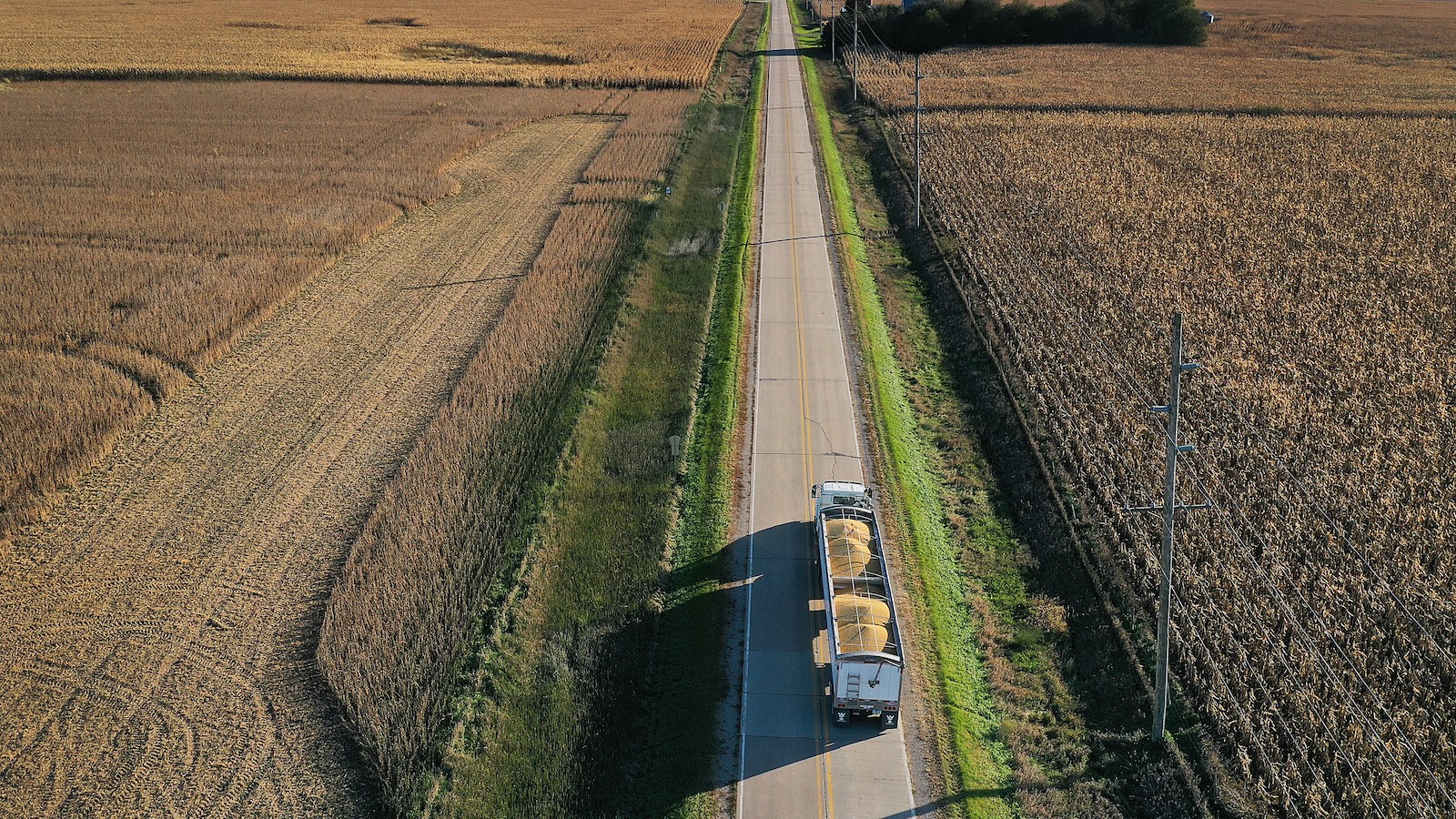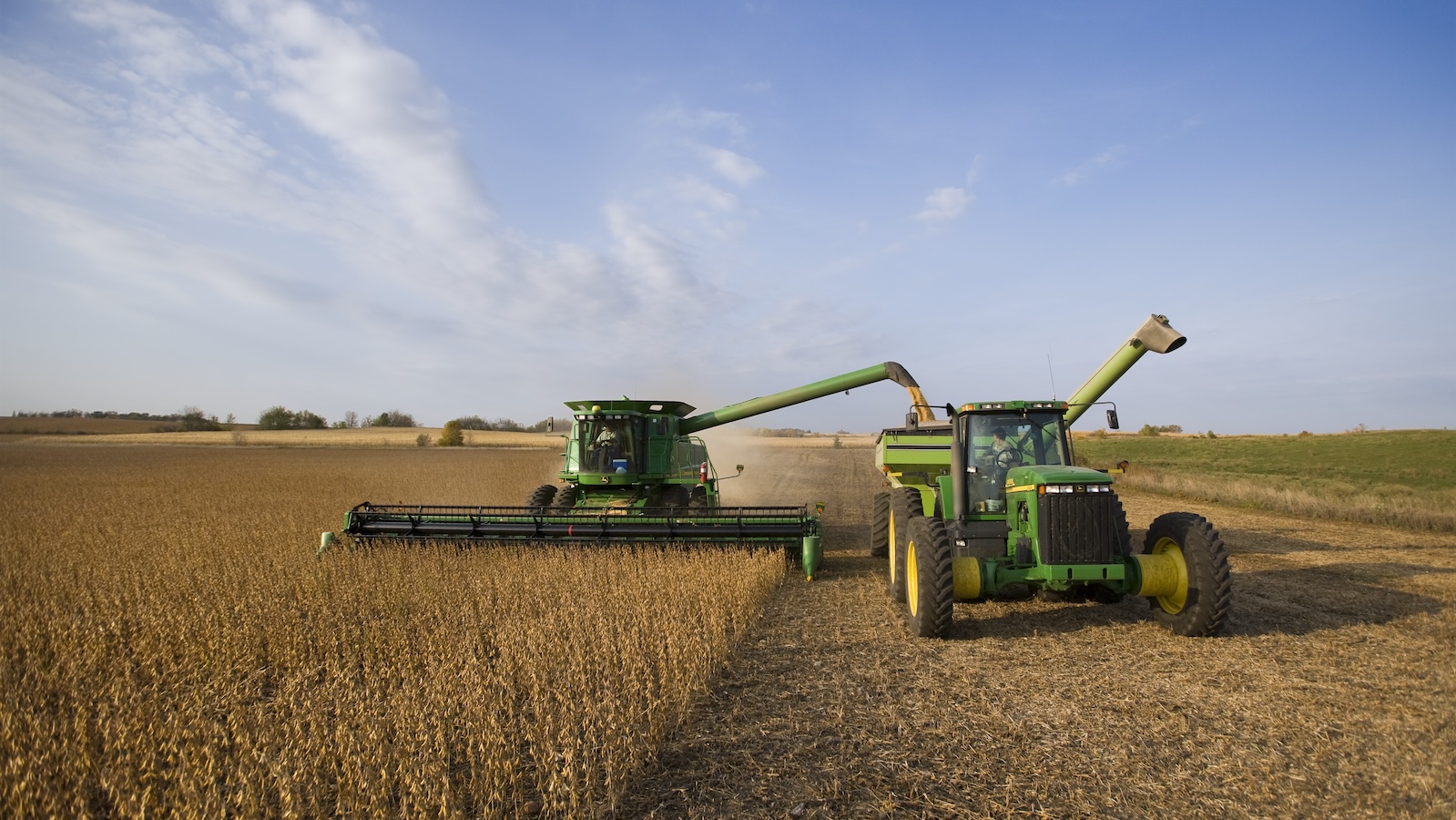The United States could make its food production more efficient if half of its protein supply came from plant-based or alternative proteins instead of meat or dairy products, according to a new report.
The analysis shows how switching to a plant-based diet brings major benefits to the environment and climate. In its latest report, the Good Food Institute (GFI) – a nonprofit think tank that supports the development of alternative proteins – calculates that if Americans replaced 50 percent of their animal protein consumption with plant-based alternatives, 47.3 million fewer acres of farmland would be needed to grow the same amount of protein.
This land, which is roughly the size of South Dakota in total, offers enormous opportunities for carbon sequestration and biodiversity, according to GFI. The organization argues that if these lands were not used to grow crops, they could instead be converted into carbon sinks or used to restore threatened ecosystems. This would provide climate benefits in addition to reducing the more direct sources of emissions from livestock farming – manure and cow burps.
A huge amount of land is currently used for agriculture in the United States: over 60 percent of the land in the United States is used for agriculture, 21 percent of which is cropland. Much of the country’s cropland – 78 percent – is used to grow crops that are primarily used as animal feed.
The transition to increased production of alternative proteins described in the GFI report would not require additional crop production. Instead, the U.S. could meet its current protein needs by growing fewer crops overall and ensuring that more of the crops already produced – such as soy, grains, corn, barley, oats and sorghum – are grown for human consumption.
“I think a lot of people, when they hear about plant-based diets, think, ‘You need so much soy for that,'” says Priera Panescu Scott, GFI’s senior plant scientist who studied materials and agricultural sciences. But Panescu Scott, who co-authored the report, points out that soy is grown primarily for livestock feed, not for human feed. Globally, most soy is used for animal feed, while only 7 percent is processed into tofu, tempeh, soy milk or other foods.
Stephen Wood, a scientist and lecturer at the Yale School of the Environment who was not involved in the report’s preparation, called the results “clear and as expected.”
“The fact that you go from feeding animals that are then eaten by people to just feeding people is going to be increasingly efficient and therefore require less and less land,” Wood said.
But to calculate the carbon sink and biodiversity opportunities associated with changing farmland use in the U.S., the GFI report’s authors significantly limited the scope of their analysis. Rather than looking at all animal protein consumption in the U.S., the report focuses on farmland used for livestock raised and consumed in the U.S. Seafood is absent from the report, as are proteins imported from abroad. Wood points out that these parameters do not reflect how agricultural inputs can cross or shift borders. “It’s somewhat artificial to draw a border around the United States,” says Wood, who is also senior scientist for agriculture and food systems at The Nature Conservancy, an environmental nonprofit.

Joe Raedle / Getty Images
To illustrate this, Wood pointed out that if the U.S. grew fewer acres of soybeans but demand for meat remained high, another country could simply step in and replace the U.S. as a soybean producer. This increase in production could contribute to environmental problems elsewhere, such as deforestation in Argentina’s Chaco region. To successfully change land use worldwide, there would need to be a corresponding change in demand for plant-based proteins – which may be difficult to achieve.
The report’s narrow focus was intentional, Panescu Scott said. “We really wanted to show the opportunities for efficient land use in the U.S.,” she said, adding, “In this case, we spent a lot of time looking at historical and current map data sets to understand where the real opportunities are.”
The result is that the report identifies the greatest opportunities for land-use change in the Midwest and the South. That’s in part because the Midwest is an agricultural hub with lots of farmland, and also because of the forests in the South, which are excellent carbon sinks but have also been heavily deforested by industry. Turning that land “back to its original forest as much as possible will help tremendously with both carbon sequestration and biodiversity,” Panescu Scott said.
Of course, a fundamental change in the country’s agricultural production could also have negative economic impacts on farmers who make their living from growing soy, for example. Panescu Scott mentioned that public and private funding is needed to study these potential changes and develop new market opportunities or alternative sources of income for farmers. One solution the report describes is compensating landowners for habitat restoration carried out on their land. Wood added that the entire agricultural value chain needs to be considered to understand the extent of potential negative economic impacts.
Even if demand for meat or the amount of soybeans grown doesn’t change, Wood said farmers can already take steps to better protect local ecosystems. Commenting on the report’s note on restoring important habitats, Wood said, “You can do that on farmland too. There’s a big trend toward what we call marginal practices” – for example, restoring wetlands on the edge of farmland to manage water use and runoff. “There are intermediate systems.”

